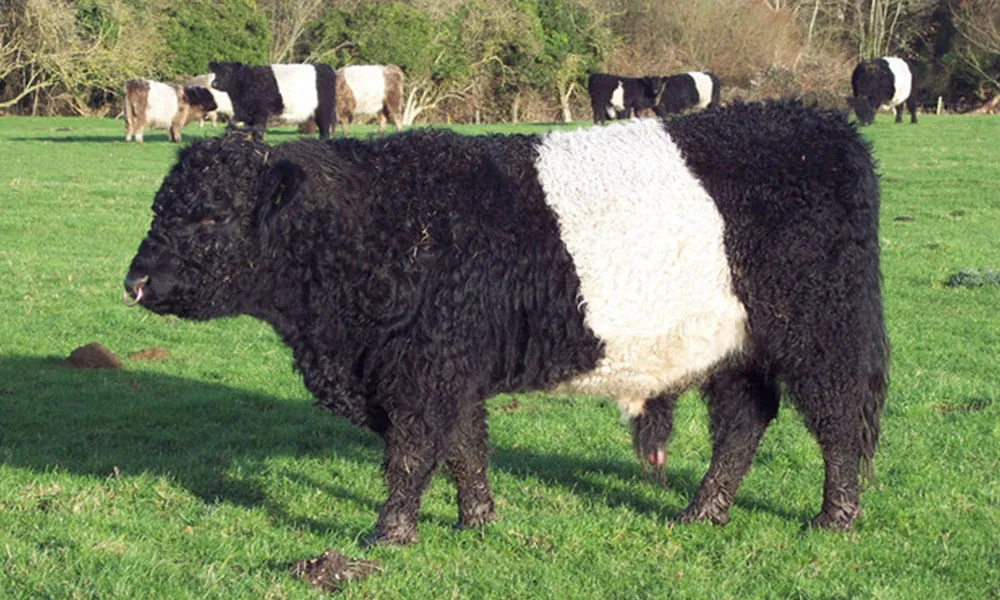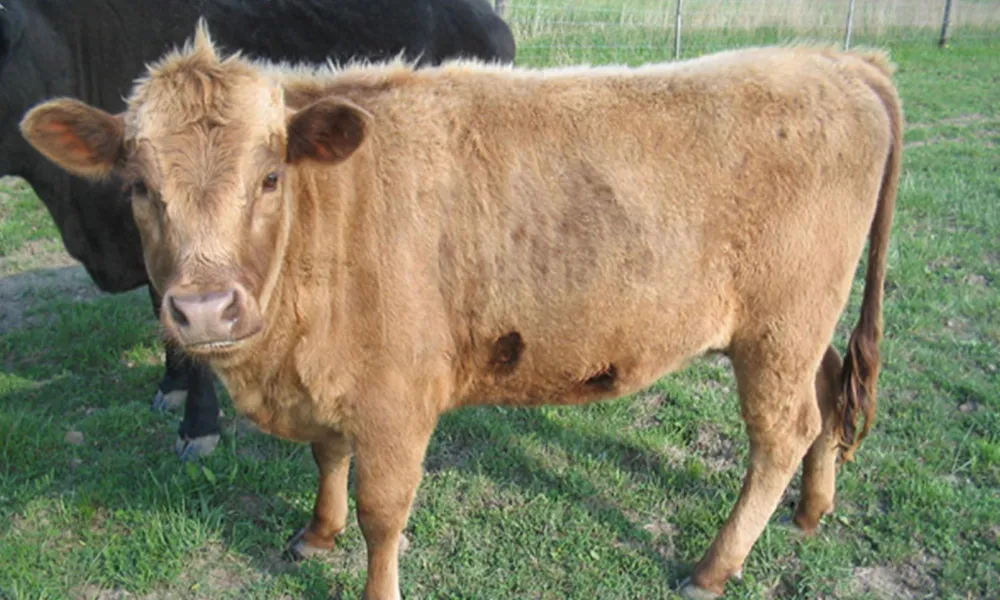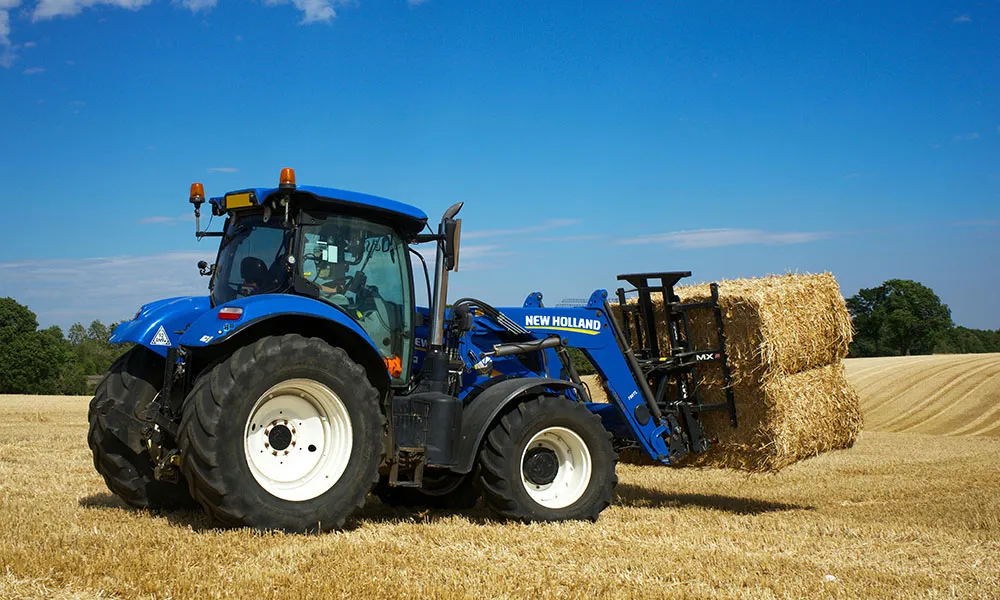Traditional Breeds
Traditionally, Irish beef farmers kept breeds that were small, sturdy and resilient. These breeds tended to come from Britain and Ireland, and were generally well suited to the marginal and marshy ground on which they were bred. A change occurred with the introduction of larger, continental breeds such as the Charolais, the Limousin and the Belgian Blue. The appeal of these beef giants is obvious, since they are far larger and therefore yield better financial returns per animal reared.
A Disaster on Bad Ground
However, the introduction of the continental breeds created a different set of problems for Irish farmers, especially on poorer ground in the west and northwest. On our own farm in County Leitrim, for example, the experiment with Limousins and Blues was a disaster for the land. This became clear in the late 90s, as increased annual rainfall left ground in poor condition throughout the year. It was not uncommon, at one point, for our cattle to sink to their bellies on pastureland even during the summer months.
We made the switch to Galloways about fifteen years ago and have not looked back since. The success of this project has led us to believe that continental cattle should never be considered on any but the best ground in this country. If you are farming cattle on poor quality, peaty ground, you should consider downsizing to breeds from the British Isles.
The following "small breed guide" in intended to help you choose the right cattle for your farm. We hope you find it useful.
Galloways
Small, hardy and docile, the Galloway is an excellent choice for marginal ground. These cattle have grown enormously in popularity in recent years, with the distinctive "belted" variation a particular favourite among Irish farmers. Cows tend to weigh between 450 and 600 kg, with bulls coming in at around 800 kg. Usually black in colour, the Galloway is known for its soft, wavy coat and the excellent maternal instinct of its cows. Even better, Galloways are easy calvers and produce great quality beef. Originally bred as a "dual purpose" animal, lactating cows tend to produce more than enough milk to rear a strong, healthy calf.
Dexters
Arguably the quintessential "small" breed, Dexters are a native Irish breed. While they fell out of favour during the twentieth century, they are becoming increasingly popular again as Irish farmers look to employ more sustainable approaches to beef production. The Dexter cow is diminutive, weighing just 300-350 kg and and usually standing just under a metre at the shoulder. A mature bull weighs about 450 kg (roughly the same as a Galloway cow). Dexters are hardy, easily managed cattle that produce strong, healthy calves. The breed is famous for the quality of both beef and milk, and you won't find an animal that is easier on ground. There are both horned and polled variations of the Dexter breed.
Anyone I know who keeps these animals swears by them.
Irish Moiled
For a long time, Irish Moiled cattle were extremely rare even in their native Ireland. The breed was all but extinct at one point, but has enjoyed a resurgence for much the same reasons as the Dexter. The Moiled is, as the name suggests, another native Irish breed. They are appreciated as a strong dual purpose cow that produces excellent meat and milk. Hornless like Dexters and Galloways, the Irish Moiled is an attractive animal. Usually, they are red colour with a white line down the back and white underparts. In terms of size, the Moiled tends to weigh about the same as the Galloway, making it a good deal larger than the Dexter but still small enough to be easy on softer ground.
Highland Cattle
A breed famous for its distinctive horns, diminutive stature and long, hairy coat, the Highland seems like a compromise between a Dexter and a Galloway. While its horns may make it a bit less "safe" than the polly breeds (and a bit more work!), the Highland breed enjoys considerable popularity across the world for its longevity and ability to convert poor grazing into body condition. Originating in the Scottish Highlands, these cattle are predictably hardy and will thrive in most conditions. They have two coats of hair as well as a thick hide, although they may shed this heavy coat in warmer conditions. The cows are excellent mothers and the quality of Highland beef is very high, with a distinctive "marbled" appearance. A mature cow usually weighs around 500 kg, making the Highland an ideal choice for wet, peaty ground.

Image 1. Belted Galloway Bull.
See this photograph's page on the Geograph website for the photographer's contact details. The copyright on this image is owned by Trish Steel and is licensed for reuse under the Creative Commons Attribution-ShareAlike 2.0 license.













